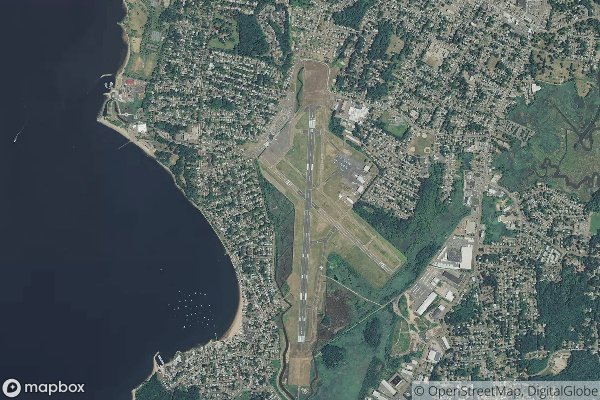| Code | BIL/KBIL |
| Name | Billings Logan International Airport |
| Location | Billings, Montana, USA |
| Distance from Downtown | 2 miles (3.2 km) |
- See here the complete List Of All Airports In United States with Codes.
Understanding BIL/KBIL Airport Code (Structure of Airport Codes, Challenges and Confusions)
Airport codes play a crucial role in the aviation industry as they provide a unique identifier for each airport around the world. The BIL/KBIL airport code belongs to Billings Logan International Airport in Billings, Montana. It is essential for passengers, airlines, and aviation authorities to understand the structure of airport codes to ensure seamless travel experiences.
Decoding Airport Code
The airport code for Billings Logan International Airport is BIL. The three-letter code is based on the International Air Transport Association (IATA) standard, which assigns unique codes to airports worldwide. The BIL code represents the airport’s location and distinguishes it from other airports. This code is used in flight schedules, booking systems, baggage labels, and other aviation-related activities.
Operational Significance
The BIL/KBIL airport code holds significant operational importance in the aviation industry. It is used by pilots, air traffic controllers, and ground handling staff for clear communication and efficient air traffic management. Additionally, airport codes are vital for navigation systems, flight planning, and aircraft tracking. The BIL code ensures that aviation operations at Billings Logan International Airport are conducted smoothly and safely.
History of Airport Codes
The history of airport codes dates back to the early days of commercial aviation. Initially, airports were identified by two-letter codes, which were often based on the city or the name of the airport. As air travel expanded globally, the need for a standardized coding system became apparent. This led to the development of the three-letter IATA codes, which are now used worldwide.
Understanding the structure and significance of airport codes can help alleviate the confusion that passengers may experience when navigating the complexities of air travel. It is essential for travelers to familiarize themselves with the codes of the airports they are departing from, transiting through, or arriving at. This knowledge can facilitate smoother travel experiences and mitigate potential challenges.
In conclusion, airport codes like BIL/KBIL play a fundamental role in the aviation industry. They are not just arbitrary combinations of letters; rather, they are carefully designed identifiers that streamline air travel operations. By decoding and understanding these codes, passengers and aviation professionals can navigate the complexities of air travel with greater ease and efficiency.
- Enhanced navigation systems
- Efficient flight planning
- Clear communication in air traffic management
- Streamlined baggage handling
By recognizing the operational significance of airport codes, stakeholders in the aviation industry can work together to ensure the safe and efficient movement of passengers and goods around the world.




